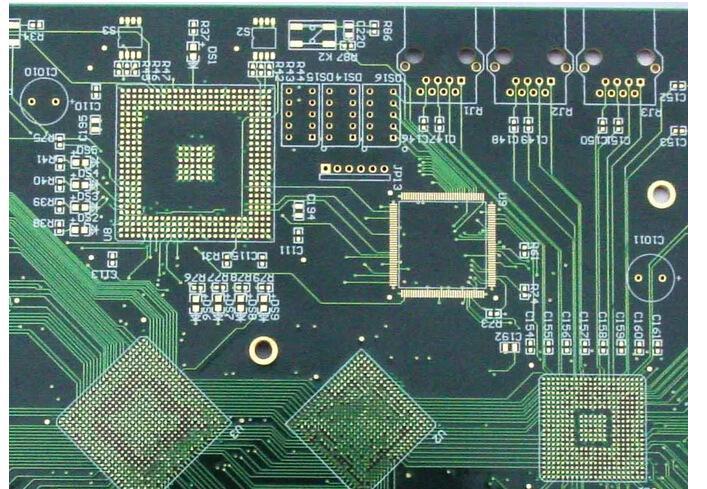In order to quickly and reliably bring PCB design products to the market, it is very necessary to use PCB design tools to automate the design process, but how can we ensure that PCB design wins? In order to maximize the efficiency and quality of PCB design, what details should be paid attention to? The PCB design tool should obviously be intuitive and easy to use and powerful enough to restrain complex design challenges, but what else is worth paying attention to? This article lists four steps that can be taken to ensure the success of PCB design.

1. PCB design should not stop at the basic schematic input
Schematic input is very important for generating the logical connection of PCB design. It must be accurate, easy to use, and integrated with planning to ensure design success.
It is not enough to simply enter the schematic and transfer it to the plan. In order to create a high-quality design that meets expectations, it is necessary to ensure that the best components are used, and simulation analysis can be performed, so as to ensure that the PCB design will not cause problems when entrusted to manufacturing.
2. Do not ignore the library management library when designing PCB
Management is an important part of the design process. In order to quickly select the best component and place it in the PCB design, the simple creation and easy management of the device is very necessary.
PADS allows you to maintain all design tasks in a library and update the library in real time to facilitate the use and ensure the accuracy of design and development. You can access all information through a single table without worrying about data redundancy, multiple libraries, or time-consuming and labor-intensive tool expenses.
3. Effectively manage PCB design constraint rules
Today's key high-speed designs are extremely complex. If there is no effective means to manage the constraint rules, the design, constraints and management of routing, topology, and signal delay will become extremely difficult. In order to build a winning product in the first iteration, constraint rules must be set early in the design process so that the design can reach the requested purpose. Good constraint rule management can prevent you from using expensive or unavailable components, and ultimately ensure that the circuit board meets the performance and manufacturing requirements.
4. Make sure you have the required PCB circuit board design and planning skills
In recent years, the complexity of PCB planning and design is significantly higher than before. In order to make smaller and more portable electronic installations, the density of PCB design has to be improved. In addition, the operating frequency has also been improved, which requires designers to evaluate features that may have been overlooked in the past to ensure that the design is usable. In order to keep up with the pace of increasing complexity, PCB designers must have more general skills in order to define advanced rule sets, create a common RF profile and implement correction structures to improve the overall performance of the design.
In the planning process, PCB design intelligent planning tools help to create efficient layout and wiring strategies. Fine layout can reduce violations in the later stage of the design, allowing you to complete the project more quickly with fewer mistakes.
Although manual wiring is commonly used to achieve the real PCB design attempt, the effective combination of interactive wiring and automatic wiring can help meet market time limit requests and improve design quality. Automatic routing can also assist in difficult tasks, such as differential pair routing, network adjustment, manufacturing optimization, micro vias, and build-up technology. If the wiring strategy is planned beforehand, the efficiency of using automatic wiring will be greatly improved.
Another challenge is that modern PCB circuit board designs have to maintain thousands of networks, which may cause difficulties for wiring in key areas of the design. The best way to prevent this problem is to divide the network cable into groups in order to create an effective wiring strategy. After the planning group is created, the network group can be marked and filtered to highlight the key networks that require wiring.